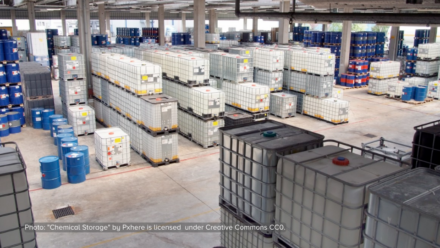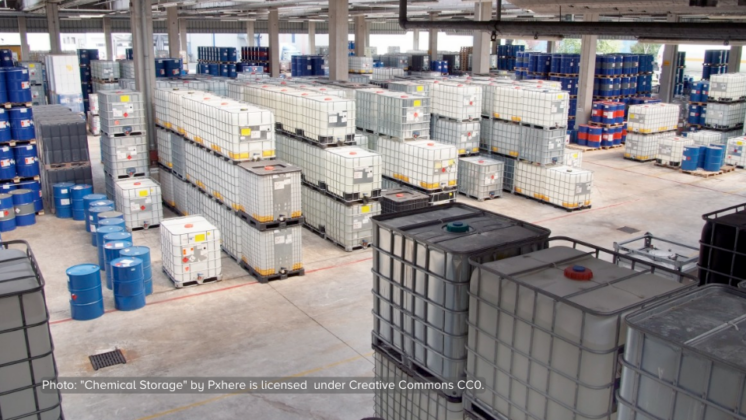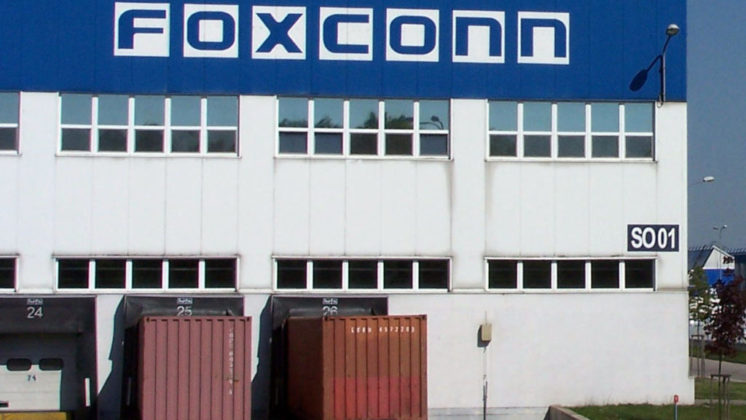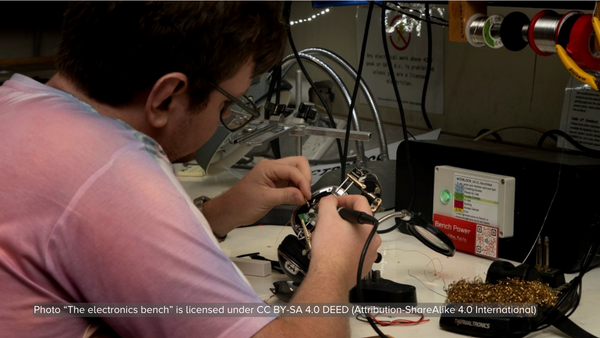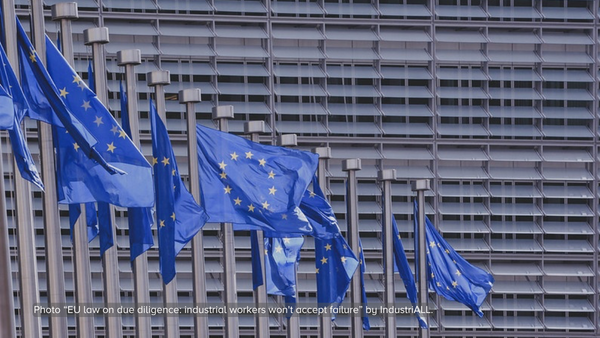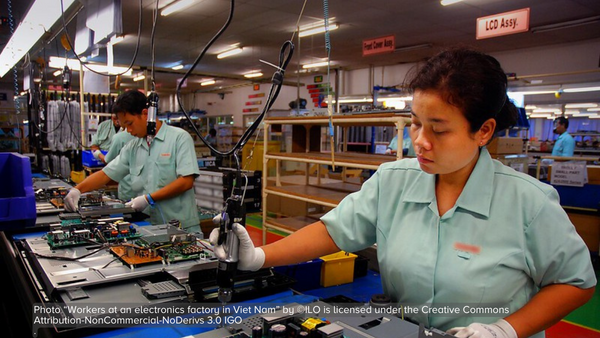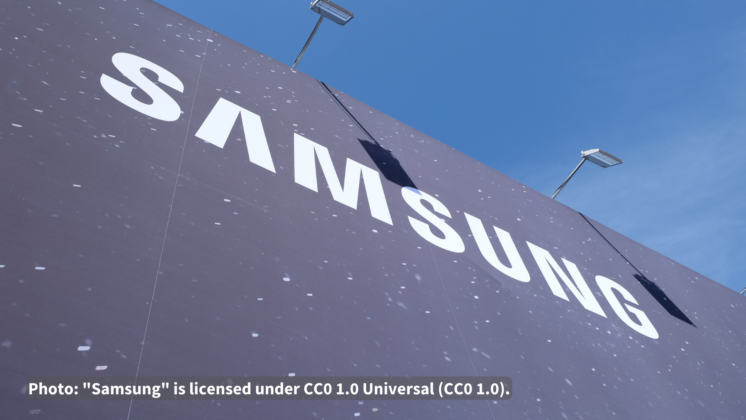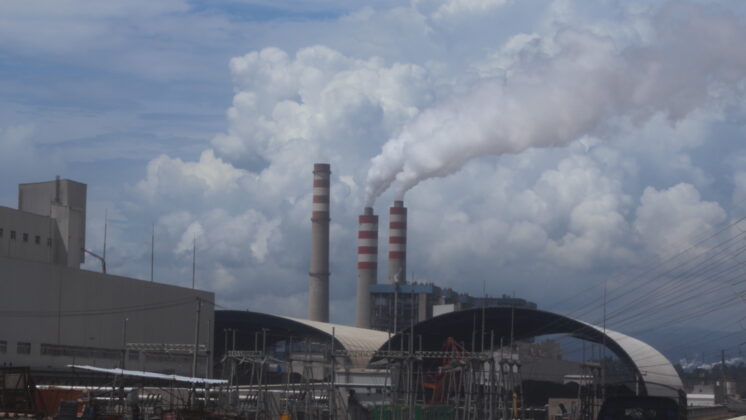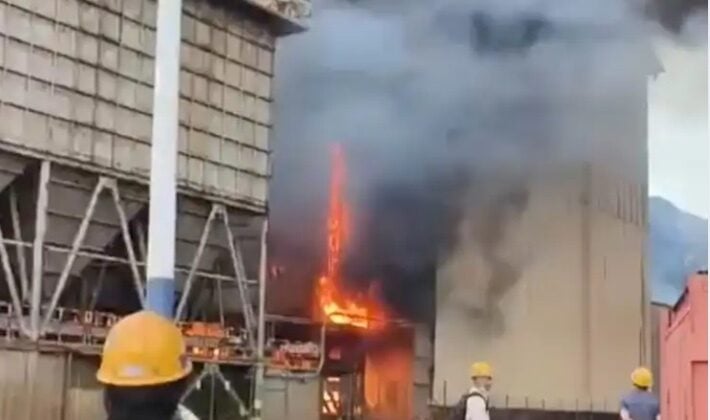In the report titled ‘The Other Side of Apple,’ published January 20th, 2011, a coalition of environmental organizations brought to light problems of pollution and poisoning in Apple’s supply chain in China. Yet to this day, Apple has systematically failed to respond to all queries regarding their supply chain environmental violations. Faced with an ever evasive Apple, a group of Chinese NGOs decided to dig deeper and carry out further investigations into the environmental problems that exist within Apple’s supply chain. Through five months of research and field investigations we have found that the pollution discharge from this $300 billon dollar company has been expanding and spreading throughout its supply chain, and has been seriously encroaching on local communities and their surrounding environments. Hazardous waste is not only directly toxic to humans and animals, it may also pollute the streams, rivers, lakes and seas and may infiltrate and contaminate soil and ground water through rain and snow, causing long-term impacts that are extremely difficult to remedy and clean up.
Through our investigations, we discovered that the pollution from some of Apple’s suppliers had already caused severe damage to the environment. Amongst these companies is the Meiko Electronics’ plant in Guangzhou, a suspected PCB supplier to Apple Inc. This company had previously schemed to conceal their environmental violations. However, this plan was foiled by the Environmental Protection Department. Within just a few months, this company was penalized for more than ten violations.
Furthermore, the amount discharged from the Meiko Electronics PCB plant, in Wuhan, is even more than that at the plant in Guangzhou. The neighboring lake, named Nantaizi (or Southern Prince), is seriously contaminated. Through third party monitoring the water in the discharge channel to the side of the company’s premises was found to contain heavy metals, including copper and nickel, which are standard pollutants from PCB plants. The copper content in the sediment sample, taken from the Nantaizi Lake and the discharge channel intersect reached as high as 4270 mg/kg, which is 56 to 1931 times the amount found in the sediment in the major lakes in the middle reaches of the Yangtze River. The large volume of discharge in Apple’s supply chain greatly endangers the public’s health and safety. Through the process of our investigations, we discovered several suspected suppliers to Apple that have been the target of numerous complaints from local communities. Located in Kunshan, the two companies Kaedar Electronics and Unimicron Electronics have been subject to repeated complaints from local residents due to their emissions discharge. The residents of this community worry that the health of their children will be severely damaged. More seriously, a village in the vicinity of the company has experienced a phenomenal rise in cases of cancer. Foxconn Electronics, located in Taiyuan, Shanxi Province, has a huge production capacity and is involved in serious pollution resulting from its metal surface processing. In recent years the local residents have repeatedly filed complaints with local agencies against the Foxconn factory’s irritant gases. These gases often leave the nearby residents with irritated nasal passageways, watering eyes and they sometimes make it hard for residents to open their windows, due to pollution being so intense. The local government has called on the company to control its pollutant discharge many times, but the pollution that severely affects the quality of life for the residents has yet to be resolved. We have found from this investigation that the volume of hazardous waste produced by suspected Apple Inc. suppliers was especially large and some had failed to properly dispose of their hazardous waste. Each day, Ibiden Electronics Beijing Company produces several dozen tons of hazardous waste containing heavy metals copper, nickel and cyanide. However, during further checks the environmental agency discovered that even though there are strict national regulations for the hazardous waste transport manifests to be filled out; in this case they were all left blank. After checks, the agency also discovered that the exact whereabouts of the heavy metals sludge was not clear. Moreover, the Shenzhen Municipal Hazardous Waste Treatment Station who are responsible for the treatment of hazardous waste from the electronics industry, including Foxconn’s, was also found to have discharged pollutants against the authorized standards.
In March, 2006, a task group chose sampling points at five places in the lakes of the middle reaches of the Yangtze River or places relatively isolated from the main river. The places were Tian’ezhou Chinese River Dolphin Conservation site in Jianli county, Hubei Province; Dongting Lake (Junshan South); Honghu Deepwater Area and Wuhan Donghu and Liangzi Hu (Fankou). According to the results of this research, the lowest levels of copper in the sediment of lakes of the middle reaches of the Yangtze were 22ppm and the greatest was 75ppm. Yu Guoan, Wang Zhaoyin, Liu Cheng, Huang Wendian, study into the quality of sediment in the middle reaches of the Yangtze River, study into silt, 2007.
Hazardous waste is not only directly toxic to humans and animals, it may also pollute the streams, rivers, lakes and seas and may infiltrate and contaminate soil and ground water through rain and snow, causing long-term impacts that are extremely difficult to remedy and clean up. Apple’s rejection to fulfill its responsibility to disclose environmental information will likely cause an immense amount of hazardous waste released into the environment from its supply chain, which could ultimately lead to hidden long-term environmental and public health dangers. From these two investigations, the coalition has discovered more than 27 suspected suppliers to Apple that have had environmental problems. However, in the ‘2011 Supplier Responsibility Report’ published by Apple Inc., where core violations were discovered from the 36 audits, not a single violation was based on environmental pollution. The public has no way of knowing if Apple is even aware of these problems. Again, the public has no way of knowing if Apple has pushed their suppliers to resolve these issues. Therefore, despite Apple’s seemingly rigorous audits, pollution is still expanding and spreading along with the supply chain. Meanwhile, on May 20th, 2011, a disastrous incident involving an explosion took place at a production line responsible for iPad2s at the polishing workshop at Foxconn Chengdu, causing the deaths of three workers and injuring 15 more. After this incident, it was discovered that the first phase of this enormous plant, was expected to be the largest iPad2s supplier globally, taking only 76 days to construct. A media investigation revealed that in order to expedite construction, the polishing workshop machinery was installed at the same time as that production was taking place; meanwhile, the second batch of workers, after having only two or three days training, were sent to their posts to begin work.
For this kind of company to have passed an audit led by Apple’s Vice-President and then go on to win the main contracts for Apple’s global iPad market, it must surely leave one to question Apple’s auditing process. However, there has been no way to confirm any of these queries with Apple Inc., as the company will not actively disclose any information, nor will it even passively respond to questions regarding their suppliers.
Under the cover of Apple’s annual auditing report, the company continues to issue contracts to polluting companies for its OEM production, so as to pursue blood stained profits at the cost of the environment and communities. During the past year and four months, a group of NGOs made attempts to push Apple along with 28 other IT brands to face these problems and the methods with which they may be resolved. Of these 29 brands, many recognised the seriousness of the pollution problem within the IT industry, with Siemens, Vodafone, Alcatel, Philips and Nokia being amongst the first batch of brands to start utilizing the publicly available information. These companies then began to overcome the spread of pollution created by global production and sourcing, and thus turn their sourcing power into a driving force for China’s pollution control.
However, Apple has become a special case. Even when faced with specific allegations regarding its suppliers, the company refuses to provide answers and continues to state that “it is our long-term policy not to disclose supplier information.” A large number of IT supplier violation records have already been publicized; however, Apple chooses not to face such information and continues to use these companies as suppliers. This can only be seen as a deliberate refusal of responsibility.
Apple has already made a choice; to stand on the wrong side, to take advantage of the loopholes in developing countries’ environmental management systems, and to be closely associated with polluting factories so that it can continue to grab their own super profits, at the expense of the environment and communities; becoming a barrier in China’s path towards pollution reduction. Consumers also need to make a choice. We believe Apple’s consumers would not accept the poisoning of the environment, the harm to communities and the sacrifice of employee rights in exchange for their trendy electronic products. For the sake of the health of the public, the protection of the environment, the basic rights of workers in Apple’s production lines, and in order to give our children a safe and clean place to live; we call upon consumers to express their concerns to Apple, so that Apple can hear the voice of the public.

